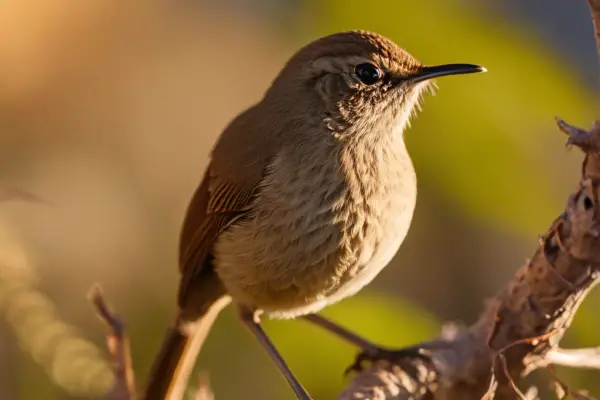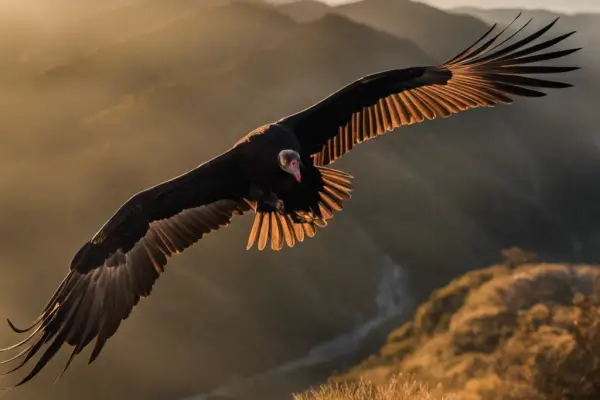My interactions with the animals of California have led me to form a close bond with the common skinks that inhabit our state. My training as a herpetologist has allowed me to interact with these amazing animals on several occasions. Their existence, in my opinion, is evidence of how well our ecosystems are doing.
While doing research in a coastal region one day, I saw the beautiful blue tail of a Western Skink flickering through the greenery. It brought to mind the vital function that skinks play as bug hunters. Every encounter increases my admiration for these reptiles and serves as a reminder of how crucial it is to protect their habitats for future generations.
Key Points:
California is home to several skink species with varying coloring and patterns.
Western skinks have a light blue or gray tail that becomes red-orange in the mating season, and they have a wide brown stripe with black borders that is bordered by white stripes.
Gilbert’s skinks have an olive or brown color with black patches that may be present, and their tails change color from brilliant orange to brick red.
Skinks are nocturnal and adapted to a variety of habitats, including grasslands and forests.
Finding Skinks in California

California is home to a number of skink species, all of which may be distinguished from one another by their unique coloring and patterns.
A common species, western skinks have a wide black-edged brown stripe that is bordered by white stripes. Their tail is a light blue or gray color that becomes red-orange during mating season. Young birds have a vivid blue tail, often seen in meadows or pine-oak woodlands close to rocky streams.
In contrast, Gilberts Skinks have olive or brown coloring with black patches, and their tails eventually become brick red or orange. Typically, arid, rocky places like desert grasslands are where they may be seen.
You may come across subspecies in the Great Basin that have distinguishing characteristics; look for those stripes and colors on the tail to identify them.
Western Skinks

Upon observing the Western Skink, one can see its characteristic wide brown stripe that is surrounded by black and white. Additionally, during the mating season, the tail of the animal changes from light blue or gray to red-orange. This diurnal lizard, properly named Plestiodon skiltonianus, is active throughout the day, scuttling across rocky terrain where it can readily conceal itself from potential predators.
Active Lifestyle: Western skinks often go into and out of their burrows and enjoy the sun on rocks.
Diverse Diet: Their main food sources are insects and spiders, among other invertebrates.
Diverse Habitats: These skinks are a frequent sight in many Californian settings because they adapt to a variety of ecosystems, from grasslands to woods.
Look out for the males displaying their brighter tails to entice females during the breeding season.
Gilbert’s Skink

You may probably identify Gilbert’s Skinks by their unusual olive or brown bodies, which are often speckled with black markings, when you see them in their native habitats in California. These Gilberts are plentiful in the state’s shrublands, particularly during the day, and they grow well in stony, arid areas. The vibrant colors of their youth may give way to a startling brick red or orange as they become older.
Because of its FOUR known subspecies—the Variegated Skink and Western Red-tailed Skink, for example—and their excellent adaptation to the early successional phases of their surroundings, Gilbert’s Skinks are unusual. These skinks, which are named after the eminent naturalist Charles H. Gilbert, are notably found in the middle Sierra Nevada and add to the rich herpetological variety of skinks in California.
Skink Habitats
Explore the many habitats of common skinks in California to learn about their distinctive environmental adaptations, which range from lush woods to dry deserts. The habitat preferences of western skink species are very flexible, allowing them to survive in a wide range of environments.
In their environments, adult skinks often prefer open regions because they like the sunshine that allows them to carry out their daily duties. Skinks adapt to their environment to make the most of it, whether they are in sparsely populated plains or heavily wooded places.
The protection of these habitats via conservation initiatives is essential because skinks need certain environmental conditions in order to thrive. When the sun comes up, the diurnal reptile is busy and always searching for the ideal place to hunt or bask. To ensure their survival amid the untamed patchwork of California’s natural areas, they choose locations that strike a balance between exposure and shelter.
Challenges of Predation
While navigating the several environments in California, common skinks encounter a variety of predators, including raptors that fly and bobcats who are adept at hiding. A nimble lizard that feeds in the sun, the Western skink is often targeted. Their activity spans throughout regions where they are sometimes stalked, even though they hunt on little invertebrates.
Western Skink: In areas where bobcats and raptors are prevalent, Western Skinks employ defense mechanisms such as autotomy, where they can voluntarily detach their tails, leaving them wriggling on the ground as a distraction while the skink makes a quick escape. Additionally, Western Skinks are not hesitant to deliver a painful bite to deter predators.
Great Basin Skink: In the arid regions of the Great Basin, the Great Basin Skink faces challenges from predators like snakes and coyotes. These predators often hunt skinks in rocky terrains where they seek refuge. Great Basin Skinks have adapted to this threat by utilizing their environment for concealment.
Gilbert’s Skink: In habitats where Gilbert’s Skinks reside, including grasslands and scrublands, predators such as weasels and birds pose significant risks. Gilbert’s Skinks have evolved a strategy of seeking refuge under debris or vegetation to escape predation.
When confronted, western skinks will bite, particularly if the female is defending her eggs. These lizard species also display internal dangers due to cannibalism. The skinks’ diverse food notwithstanding, they are always in danger, which is evidence of the never-ending predator-prey cycle.
Preservation and Investigation
An illustration of conservation efforts, showing a range of California skinks in their native environment with scientists using tools to examine and safeguard them
Now that you are aware of the threats posed by predators to these skinks, you also need to be aware of the conservation and research projects that are essential to their long-term survival. The Western Skink depends on conservation and research to manage the hazards associated with habitat loss, even though it is not officially considered a vulnerable species. Even though they are classified as Least Concern on the Red List of Threatened Species, their welfare is still a top concern.
Here are some important aspects to help you understand the scope:
The survival of the Western Skink depends on the preservation of different habitats across California, which is made possible by conservation initiatives.
Targeted ecological investigations are made possible by the identification of subspecies, which is made easier by taxonomy and DNA analysis.
In order to ensure the survival of these reptiles, research goes beyond academics and includes community activities to monitor skink numbers and habitat quality.
Commonly Asked Questions
Are Californian Skinks a Common Kind of Lizard?
In California, skinks are really a common species of lizard. Throughout the state, there are several habitats for these tiny, smooth-scaled lizards, such as woods, deserts, and coastal regions. See the California lizard’s nature guide to find out more about skinks and other California lizards.
Should Californian Skinks Be Concerned About Scorpions?
Given that these arachnids are known to live in comparable dry and arid habitats, skinks in California may need to be concerned about scorpions found in the state. Even though skinks are swift and nimble, they should nonetheless exercise caution and be mindful of any possible interactions with scorpions in their natural environment.
Do Californian Skinks and Owls Share the Same Habitat?
Indeed, skinks and owls of various kinds coexist in the same environment in California. Skinks live in the same locations as great horned owls, barn owls, and western screech owls. These predators hunt at night most of the time, feeding on insects, tiny rodents, and sometimes even one another.
What Kind of Californian Skinks Are There?
You want to know what kinds of skinks are available. In California, there are Western Skinks, which have eye-catching stripes, and Gilberts Skinks, which are less showy and often brown in color. They belong to the distinctive reptile variety of the state.
What Distinguishes a Western Skink from a Gilbert’s Skink?
Gilbert’s and Western skinks are being compared. Gilberts are smaller and less colorful than Westerns, which have a blue-gray tail that becomes red-orange and stands out with their stripes. Their diets and subspecies variations also vary.
Are Skinks Beneficial to Your Garden?
Skinks are beneficial to your yard, yes. They deter pests, aid in soil aeration, and signal a healthy environment. Additionally, it may be pretty amusing to observe them throughout the day when they are active.
What Distinguishes a Salamander from a Skink?
I take that you have questions about salamanders and skinks. Salamanders are smooth-skinned amphibians, while skinks are scaly-skinned reptiles. Salamanders deposit their eggs in water; skinks deposit theirs on land. They are really different!
Final Thoughts
The Western, Gilbert’s, and Great Basin Skinks are among the skinky people of California that you’ve seen a peek of. They each have distinctive marks that attest to the variety of environments found in the state.
Even though these reptiles are skilled at finding insects, they still have to deal with predators and conservation issues.
We must support studies and initiatives aimed at protecting their people. Because they are such important members of our ecosystems, keep a lookout for these little insectivores the next time you go exploring.




